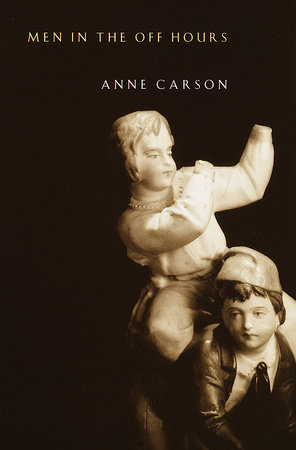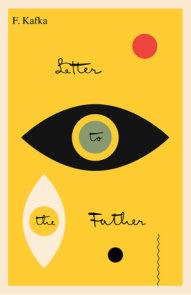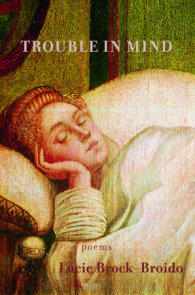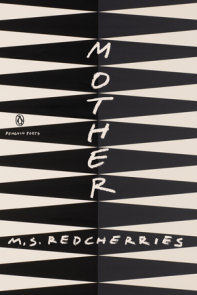READERS GUIDE
"One of the most innovative poets writing today." —Seattle WeeklyThe introduction, discussion questions, suggestions for further reading, and author biography that follow are designed to enhance your group’s reading and discussion of the work of Anne Carson, whom Michael Ondaatje praised as "the most exciting poet writing in English today." Carson is a winner of the prestigious MacArthur fellowship, and has been the recipient of much admiration in the literary world. She is credited with the invention of an entirely new kind of poetry, fusing free verse with prose passages, using pastiche to startling effect, combining searing emotion with austere intellect. Interspersing her own words with quotes and references to sources that range from classical Greek literature, St. Augustine, the Bible, and the Tao to Emily Dickinson, Virginia Woolf, Gertrude Stein, Franz Kafka, and Marcel Proust, Carson constructs an astonishing art that is able to arouse, like nothing else in recent years, new emotional and intellectual energies in her readers. As one reviewer commented, "There’s good reason that Carson’s reputation has soared to a level equal to that of the half-dozen most admired contemporary American poets. . . . She has . . . a vast habitat, to every bit of which she brings powerful perception and a freshness as startling as a loud knock at the door" (Calvin Bedient, "Celebrating Imperfection," a review of Men in the Off Hours. The New York Times Book Review, 5/14/00).
Introduction
In the poems and prose pieces of Men in the Off Hours, Anne Carson deftly deploys her signature mixture of opposites–the classical and the modern, cinema and print, narrative and verse. Reinventing figures as diverse as Oedipus, Emily Dickinson and Audubon, Carson sets up startling juxtapositions: Lazarus among video paraphernalia, Virginia Woolf and Thucydides discussing war, Edward Hopper paintings paired with lines from St. Augustine’s Confessions. And in a final essay, Carson meditates on the recent death of her mother. Reveling in unexpectedness and aware that "the fact of the matter for humans is imperfection," Men in the Off Hours shows us a fiercely individual poet at her best.Questions and Topics for Discussion
1. As Carson writes in "Ordinary Time," "How people tell time is an intimate and local fact about them" [p. 3]. What are the essential differences between the ways Woolf and Thucydides write about time? What is Carson saying about how reality is perceived differently by men and women?
2. Why is "Father’s Old Blue Cardigan" one of the collection’s most powerful and effective poems? Is it more accessible than many of Carson’s poems? Carson ends the poem with an extended simile that begins with the words "as a small child." What does the simile reveal about the father’s condition? How does it work in the context of the poem?
3. It has been suggested that "this gift for surprise–the ability to fling together the strangest ideas, phrases and words and make them resonant and memorable–is at the center of Carson’s genius (Kate Moses, reviewing Men in the Off Hours on Salon.com, http://www.salon.com/books/review/2000/04/05/carson/index.html). What is the effect of Carson’s habit of yoking together images and characters from ancient and contemporary cultures, like St. Augustine and Edward Hopper, or Thucydides and Virginia Woolf? What is the effect of the series she calls "TV Men" which includes, Hector of Homer’s Iliad being filmed in Death Valley and Lazarus being interviewed for a documentary about the experience of coming back to life?
4. Carson offers insight into her own creative process with the poem called "Essay on What I Think About Most": "what we are engaged in when we do poetry is error,/ the willful creation of error, / the deliberate break and complication of mistakes/ out of which may arise / unexpectedness" [p. 35]. Why is it necessary to "sidestep fear, anxiety, shame, remorse,/ and all the other silly emotions associated with making mistakes" [p. 35]? What is the relationship between a poet’s private mind and the fact that published poetry is, among other things, a public performance?
5. In Carson’s final essay about her mother’s death, she writes, "Death lines every moment of ordinary time," and "Crossouts sustain me now" [p. 166]. Why do words crossed out of a manuscript–directions not taken–remind Carson of death? Why does she dedicate the final words, crossed out of Virginia Woolf’s manuscript for Women and Fiction (an early version of A Room of One’s Own) to her mother?
6. How does "Dirt and Desire"–an eye-opening discussion of classical Greek ideas about women and female sexuality–relate to Carson’s thoughts on the differences between men and women that are expressed in the poems?
For discussion of the work of Anne Carson:
1. In "Essay on What I Think About Most" Carson writes that she admires Alkman’s poem because of "the impression it gives / of blurting out the truth in spite of itself" [p. 34]. Does the plain declarative style of Carson’s verse give the same impression? She further states that Alkman’s simplicity "is a fake / Alkman is not simple at all, / he is a master contriver" [Men in the Off Hours, pp. 34-35]. Might the same be said of Carson herself? What is simple about her work? What aspects of her work are complex, difficult, even impossible to comprehend? Are her contrivances part of an effort to alienate, or rather to seduce, the reader?
2. How does the work of Anne Carson change a reader’s expectations about poetry–about what poetry is, what poetry does, the emotional and intellectual effects of poetry upon a reader? Is she asking us–or forcing us–to reevaluate our aesthetic criteria?
3. In a strongly positive review, Calvin Bedient makes a comment on Carson’s work that might be read as a qualification: "Her spare, short-sentence style is built for speed. Her generalizations flare, then go out. Nothing struggles up into a vision, a large hold on things. The poems are self-consuming" (Calvin Bedient, "Celebrating Imperfection," a review of Men in the Off Hours. The New York Times Book Review, 5/14/00). Poets working in more traditional forms, like the sonnet for instance, have tended to create poems that work through a process of thought and arrive at a new conclusion or perspective; they offer the reader what Robert Frost called "a momentary stay against confusion." How does Carson’s work differ from more traditional forms of poetry? Is it troubling or is it liberating that she doesn’t seem bound to conclusions, to consoling gestures toward the reader?
4. The biographical note for The Beauty of the Husband offers only the statement, "Anne Carson lives in Canada." While it is a general rule in poetry that the speaker of any given poem is not necessarily the author and is often an invented persona, does Carson’s work lead you to certain assumptions about the facts of her life, her habits, her intellectual world, her losses, her griefs? Does her work have a deliberately confessional aspect–like that of Robert Lowell or Anne Sexton–or is it difficult to tell with Carson what has actually been experienced and what has been imagined? What issues, experiences, and concerns are repeated throughout her work?




















